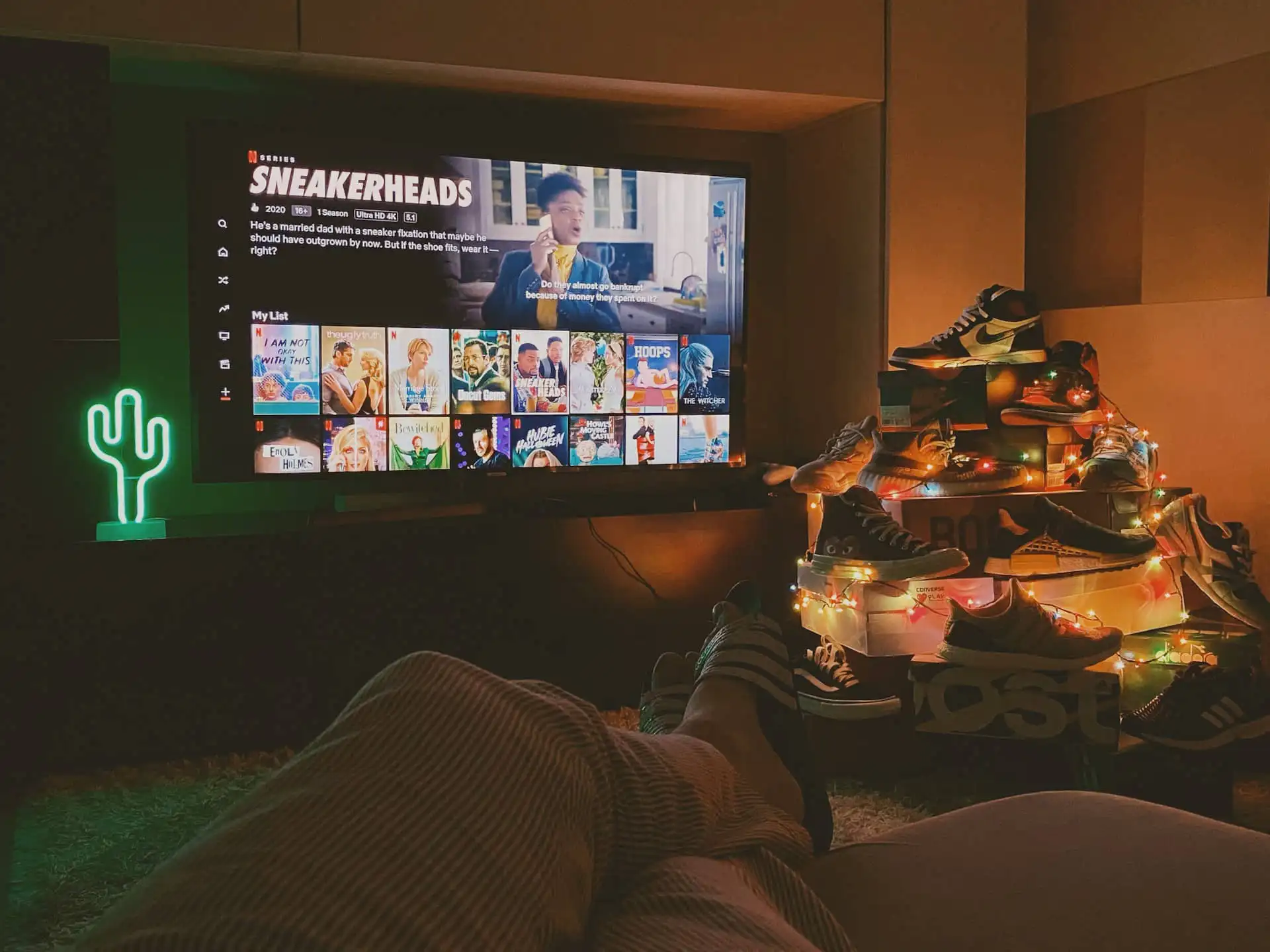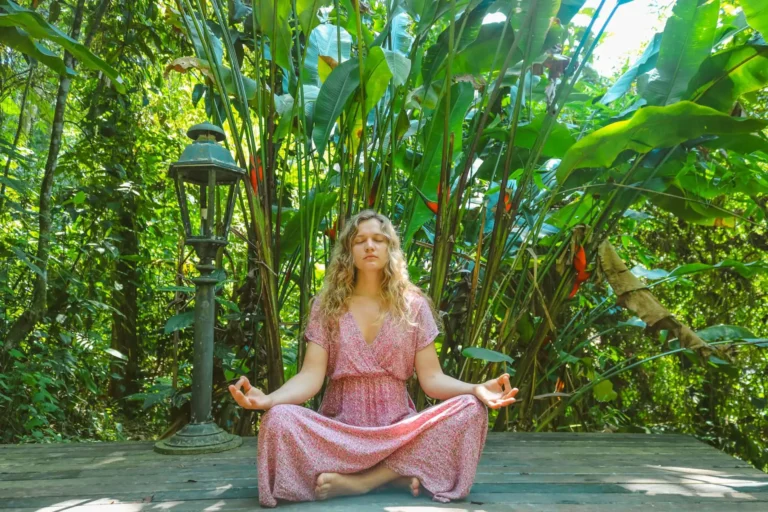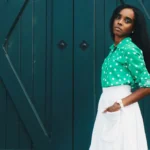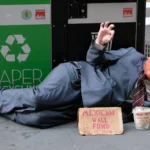Fashion and television have always been intertwined, but over the past few decades, the influence of fashion on TV has grown exponentially. From influencing characters’ wardrobes to setting trends and creating new stars, fashion has become an integral part of television storytelling and branding. Here’s a look at how fashion conquered television and transformed both industries.
1. The Rise of Iconic TV Characters
Television has a long history of creating characters whose fashion choices become iconic. Shows like “Sex and the City” revolutionized how viewers perceived fashion on TV. Carrie Bradshaw, played by Sarah Jessica Parker, became a fashion icon, with her eclectic and trend-setting wardrobe driving viewers to emulate her style. The show’s influence was so profound that designers began to view TV shows as a crucial platform for showcasing their work, leading to strategic partnerships and sponsorships.
2. Fashion in Narrative and Branding
Fashion has increasingly become a key element in television narrative and branding. In series like “Mad Men,” the meticulous attention to period-appropriate costumes not only added authenticity but also shaped the characters’ personalities and societal roles. The show’s detailed depiction of 1960s fashion helped viewers immerse themselves in the era, reflecting how clothing can communicate deeper narratives beyond mere aesthetics.
Similarly, “The Crown” uses fashion to convey the gravitas and tradition of the British monarchy. The show’s designers have been lauded for their ability to recreate historical outfits with precision, enhancing the storytelling and deepening viewers’ engagement with the royal characters.
3. The Influence of Fashion Reality Shows
Fashion reality shows like “Project Runway” and “America’s Next Top Model” have brought the world of fashion directly into viewers’ homes. These shows not only provide a behind-the-scenes look at the fashion industry but also highlight emerging designers and models. “Project Runway,” for example, allows viewers to witness the creative process of fashion design from concept to runway, while also showcasing the competitive nature of the industry.

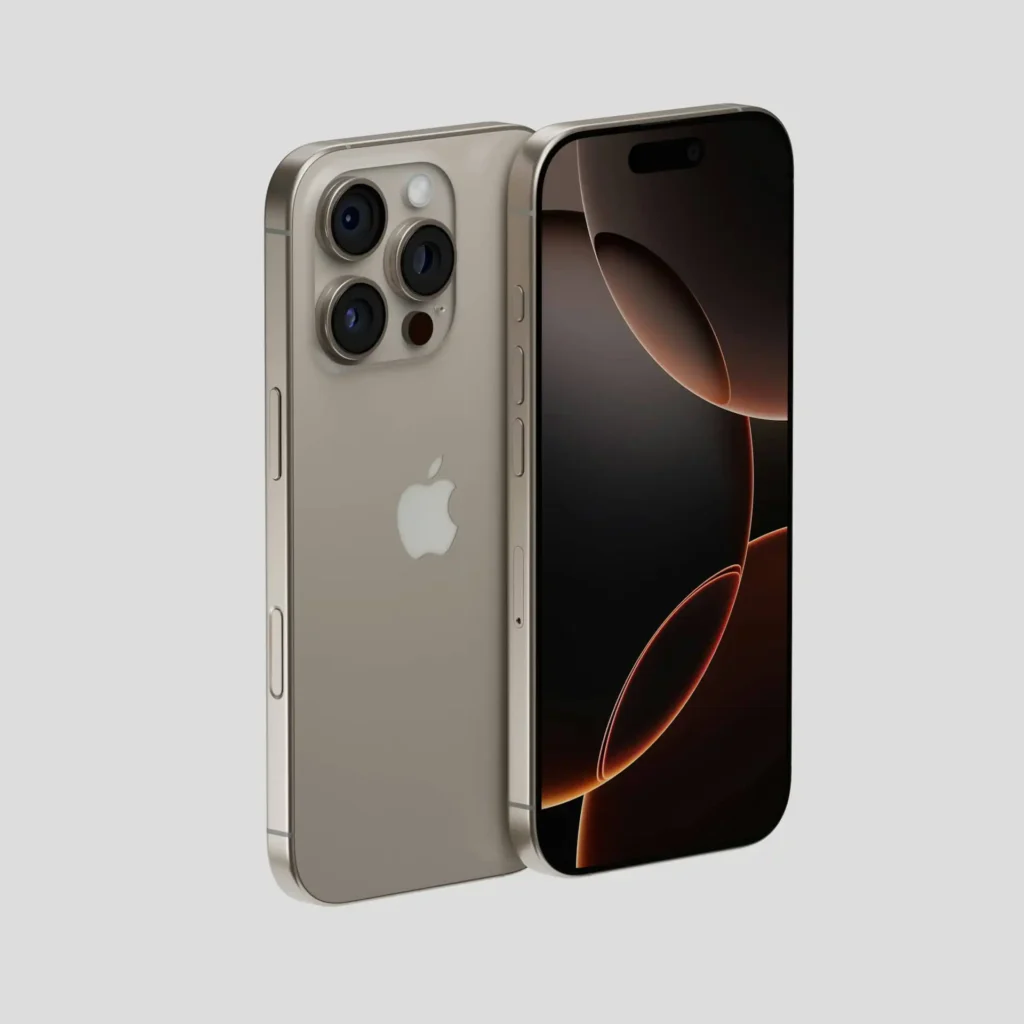


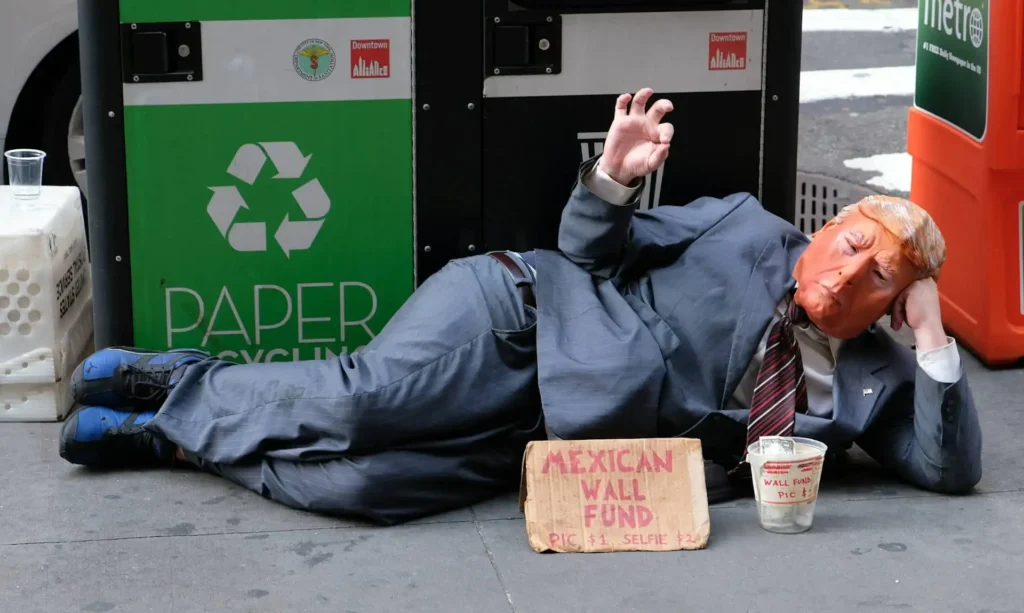

These programs have democratized fashion, making it accessible to a broader audience and fostering a greater appreciation for the artistry and craftsmanship involved in creating clothing.
4. Brand Partnerships and Product Placement
Television has become a powerful platform for brand partnerships and product placement. Fashion brands frequently collaborate with TV shows to feature their products, creating a symbiotic relationship that benefits both parties. For instance, high-end designers often outfit characters in popular series, while in return, the brands gain exposure to millions of viewers.
The visibility of products on popular shows can drive consumer interest and sales, making television a valuable marketing tool for fashion brands. Shows like “Friends” and “Gossip Girl” have been instrumental in popularizing certain fashion items and brands, leading to a surge in demand for the featured products.
5. The Emergence of Fashion TV and Digital Platforms
The convergence of fashion and television has also led to the creation of dedicated fashion channels and digital platforms. Networks like Fashion TV and platforms like Netflix and Hulu now feature fashion-focused content, from documentaries to reality shows and runway coverage. This has further blurred the lines between fashion and television, providing viewers with a continuous stream of fashion-related programming.
Digital platforms, in particular, have allowed for a more personalized and interactive fashion experience. Viewers can now watch fashion shows live, participate in online discussions, and even shop directly from the shows they watch.
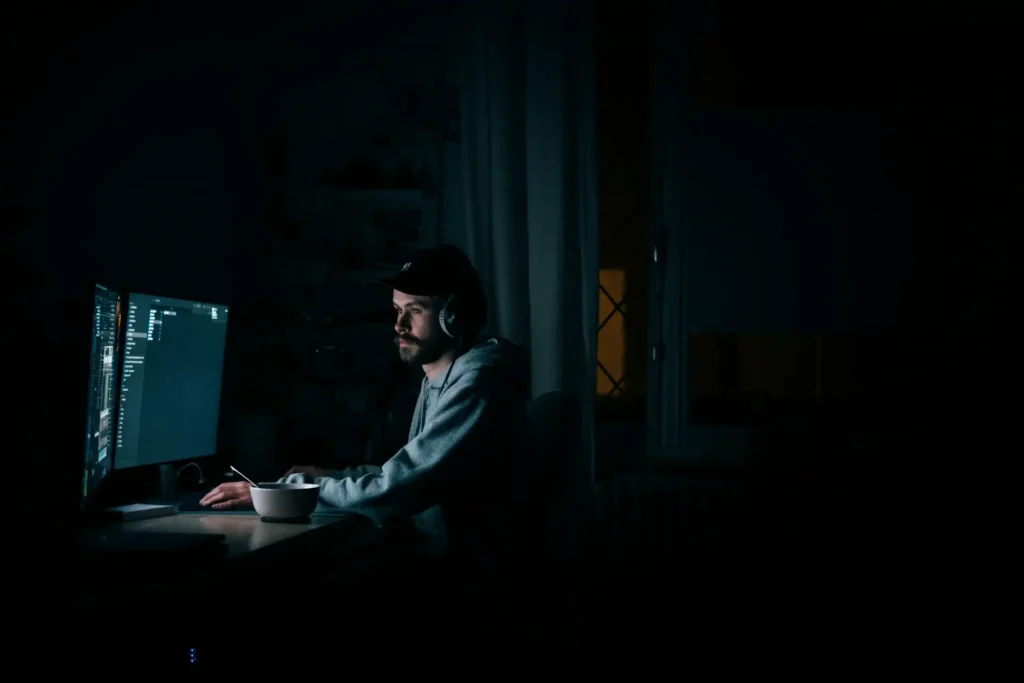

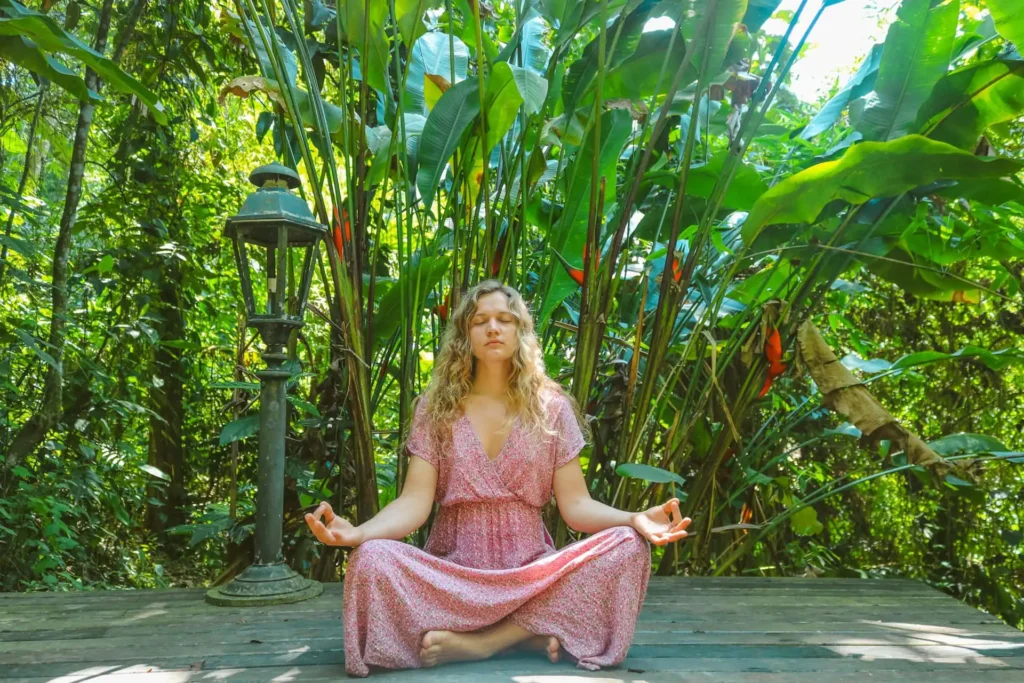

6. The Role of Social Media and Influencers
The rise of social media and influencers has amplified the relationship between fashion and television. Influencers and celebrities who appear on TV are often seen wearing the latest trends, which can quickly become viral. Social media platforms like Instagram and TikTok enable viewers to follow their favorite fashion icons and TV personalities, creating a feedback loop where TV and fashion trends influence each other.
Conclusion
Fashion’s conquest of television is a testament to the dynamic interplay between these two industries. From creating iconic characters and narrative depth to driving trends and brand visibility, fashion has become a central element in television storytelling. As television continues to evolve, the symbiotic relationship with fashion will undoubtedly grow stronger, shaping both industries in new and exciting ways.
